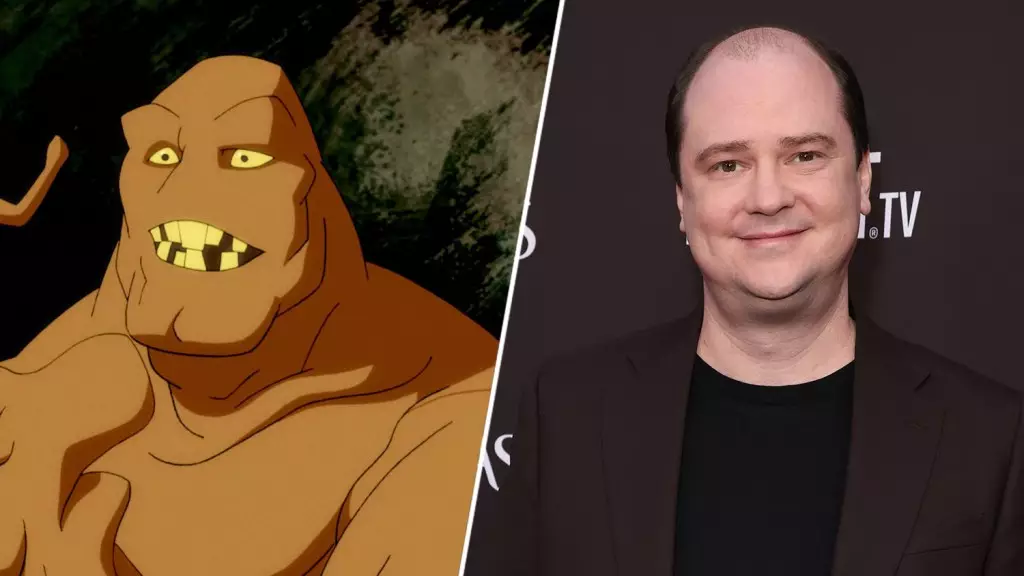The announcement from DC Studios regarding the development of a Clayface film marks an exciting moment for fans of the franchise. This project has been a long time coming, especially after horror filmmaker Mike Flanagan suggested his vision for the iconic shapeshifter over a year ago. With the confirmation that Flanagan is set to write the screenplay, anticipation mounts not only for the film itself but also for how this unique villain will be reimagined within the larger DC Universe.
One of the most intriguing aspects of this upcoming project is Flanagan’s approach to the character. Traditionally portrayed as a formidable antagonist to Batman, Flanagan aims to redefine Clayface, depicting him in a light that leans more towards horror and tragedy rather than conventional villainy. This pivot reflects a growing trend in modern storytelling — the exploration of complex characters who elicit sympathy and understanding, rather than just fear and animosity. Flanagan’s dedication to crafting a nuanced narrative raises many questions about Clayface’s character arc and the emotional depth that will be conveyed.
The collaboration between Flanagan and the new leadership at DC Studios, headed by James Gunn and Peter Safran, denotes a significant transformation in how DC properties are being developed. With an expressed disinterest in having Clayface join the ranks of Matt Reeves’ “elseworld” narratives, it will be interesting to see how the character fits into Flanagan’s standalone project. Interestingly, there are suggestions that Clayface may still play a role in Reeves’ “The Batman 2,” indicating that there could be multiple interpretations and representations of the character across different cinematic platforms.
Clayface’s rich history within the DC Comics lore began with his debut in Detective Comics #40 back in 1940, but his character has evolved dramatically over the decades. Initially introduced as a struggling actor who succumbs to a life of crime, later iterations transformed him into a figure marked by tragedy and insecurity. The 1970s reimagining of Clayface as a scientist grappling with hormone issues further complicates his character, adding layers to his motivations. In a contemporary context, this evolution resonates with today’s audiences, who often seek more relatable and personal narratives in their media.
As DC Studios continues to develop its cinematic universe, Clayface stands as a promising figure for exploration. With Mike Flanagan at the helm, fans can expect a thoughtful and innovative interpretation that challenges preconceived notions of heroism and villainy. The potential for combining horror with deep character study could set a new standard for superhero films and provide a much-needed diversity of storytelling. As we look ahead to the release of this film, the anticipation surrounding Clayface proves that there is still room for growth and innovation within the superhero genre.

